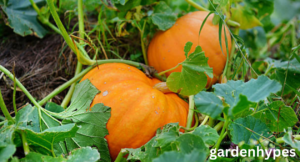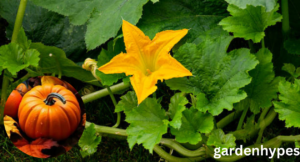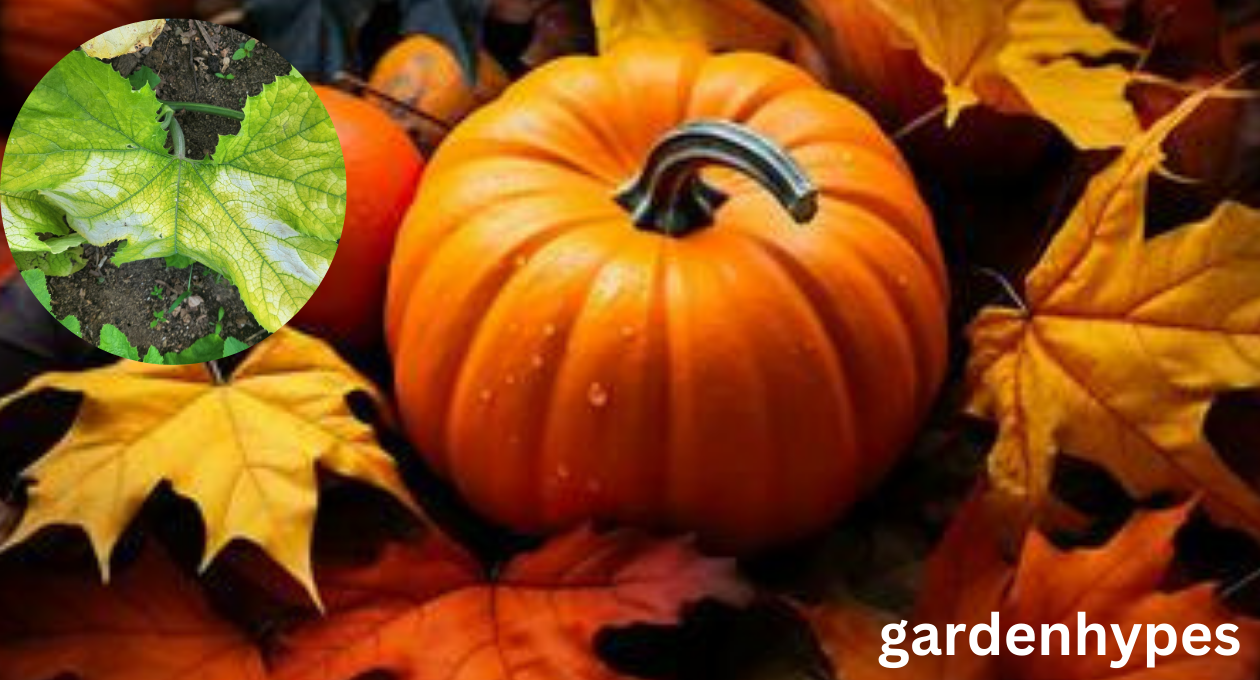Yellow Pumpkin Leaves Causes and Remedies 2024
Pumpkin plants are a rewarding addition to any garden, offering vibrant foliage, sprawling vines, and delicious fruits. However, when the leaves on your pumpkin plants start turning yellow, it’s a sign that something isn’t quite right. Don’t worry—this issue is common, and with a little effort, it can be fixed. In this blog, we’ll explore the possible causes of yellow pumpkin leaves, along with practical solutions and prevention tips to help your plants thrive.
click in link hydroponic strawberries
1. Overwatering or Underwatering
Pumpkin plants need just the right amount of water. Too much or too little can cause yellow leaves.
Why it Happens:
- Overwatering leads to waterlogged soil, suffocating the roots.
- Underwatering causes dehydration and stress, making the leaves turn yellow.
Solution:
- Water deeply 1–2 times per week, ensuring the soil stays moist but not soggy.
- Use your finger to check soil moisture—if the top inch is dry, it’s time to water.
2. Nutrient Deficiency
Pumpkin plants are heavy feeders and require ample nutrients to stay healthy. A lack of key nutrients—especially nitrogen—can cause leaves to yellow.
Signs of Nutrient Deficiency:
- Yellowing of older leaves first.
- Slower growth and pale foliage.
Solution:
- Feed the plants with a balanced fertilizer like 10-10-10.
- Add compost, well-rotted manure, or organic fertilizers to enrich the soil.
3. Pest Infestation
Pests are common in pumpkin plants and can cause yellow leaves as they feed on the sap and damage the foliage.
click in link hydroponic strawberries

Common Pests:
- Aphids: Tiny insects that cluster on the underside of leaves.
- Squash Bugs: Flat, grayish-brown insects that cause wilting and discoloration.
- Spider Mites: Tiny pests that leave yellow specks and fine webs.
Solution:
- Inspect the leaves regularly, especially the undersides.
- Remove pests by hand, or spray plants with neem oil or insecticidal soap.
- Introduce natural predators like ladybugs to control pest populations.
4. Fungal and Bacterial Diseases
Diseases can quickly take hold in pumpkin plants, especially in warm, humid conditions.
click in link hydroponic strawberries
Common Diseases:
- Powdery Mildew: White, powdery spots form on the leaves, causing yellowing over time.
- Downy Mildew: Yellow spots appear on the top of leaves, often with gray mold underneath.
- Fusarium Wilt: A soil-borne disease that causes wilting and yellowing of foliage.
Solution:
- Remove affected leaves and dispose of them away from your garden.
- Avoid watering the leaves; instead, water at the base of the plant.
- Use fungicides for severe fungal infections.
5. Poor Soil Drainage
Pumpkins thrive in well-draining soil. If the soil stays too wet, the roots can develop root rot, causing the leaves to turn yellow.
Solution:
- Improve drainage by mixing sand or compost into heavy soil.
- Consider planting pumpkins in raised beds to keep roots dry and healthy.
6. Environmental Stress
Pumpkin plants can suffer from stress due to extreme weather, transplant shock, or sudden changes in temperature.
Solution:
- Protect plants from extreme heat or cold using row covers.
- Harden off seedlings gradually before transplanting them outdoors.
- Maintain consistent care, watering, and fertilization.
7. Natural Aging of Leaves
Sometimes, yellow leaves are simply a part of the plant’s natural lifecycle. As the pumpkin vine grows, older leaves near the base will yellow and die off.
click in link hydroponic strawberries

Solution:
- Prune away old, yellow leaves to improve airflow and allow the plant to focus energy on new growth and fruit development.
Prevention Tips for Healthy Pumpkin Leaves
- Water Wisely: Water deeply but avoid overwatering. Keep the soil consistently moist.
- Feed Regularly: Use balanced fertilizers or organic compost to provide essential nutrients.
- Monitor for Pests: Check your plants weekly for pests and act quickly if you spot any.
- Improve Airflow: Space plants properly to prevent fungal diseases.
- Avoid Overhead Watering: Water at the base of the plant to keep leaves dry and reduce disease risk.
Conclusion
Yellow leaves on your pumpkin plants can be a sign of watering issues, nutrient deficiencies, pests, or diseases. By identifying the cause and applying the right solution, you can bring your plants back to full health. With proper care, consistent monitoring, and a bit of patience, your pumpkin vines will thrive and produce a bountiful harvest.
click in link hydroponic strawberries
faqs
- Why are my pumpkin leaves turning yellow?
Yellowing leaves can result from overwatering, underwatering, nutrient deficiencies (e.g., nitrogen or magnesium), pests, or diseases like powdery mildew. - How do I fix yellow pumpkin leaves?
Identify the cause first. Adjust watering habits, provide balanced fertilizers, treat pests with organic or chemical solutions, and manage diseases with fungicides. - Can yellow leaves turn green again?
If the damage isn’t severe and the problem is resolved quickly, some leaves may recover. Severely yellowed leaves usually don’t turn green again. - Does overwatering cause yellow leaves?
Yes, overwatering can lead to root rot and poor nutrient uptake, causing leaves to turn yellow. Ensure proper soil drainage and water only when necessary. - Should I remove yellow pumpkin leaves?
Yes, remove severely yellow or diseased leaves to prevent the spread of problems and improve air circulation around the plant
